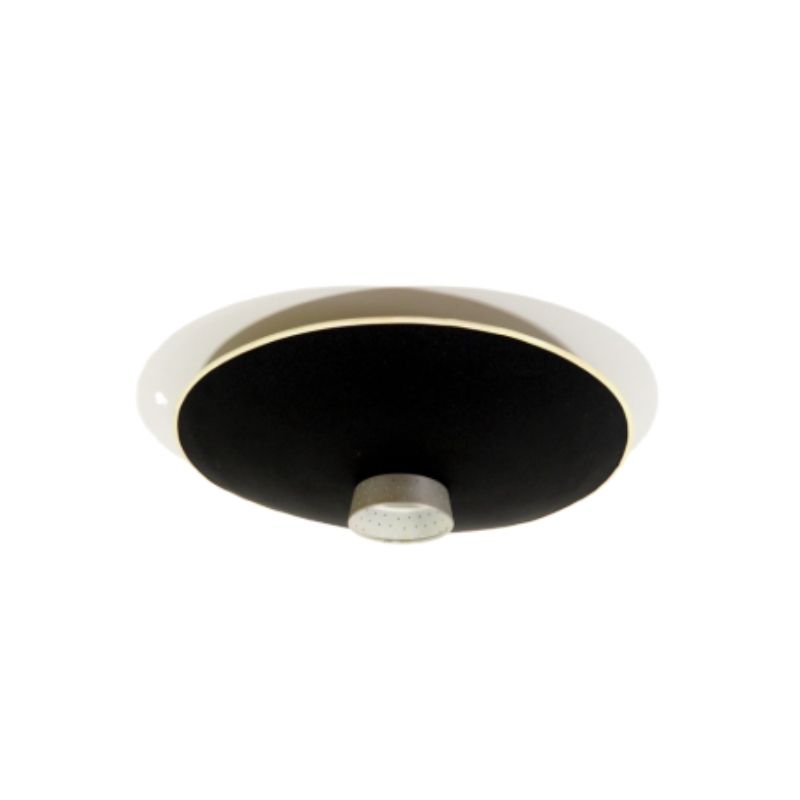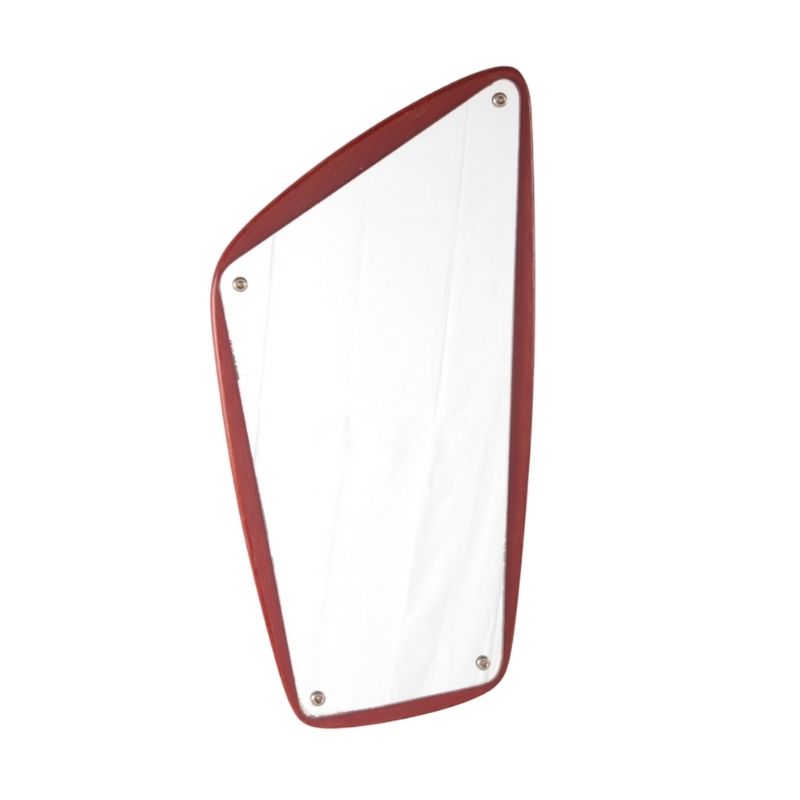I recently picked up this credenza as a high sideboard. I cut it down to make a low credenza. It is called the model Fredericia. I'm unsure of the manufacturer, and have seen it listed variously as Børge Mogensen & also as being produced by Fredericia Furniture. However under one of the drawers there is a makers marks saying 'Made In Sweden', so I'm assuming the connection to B.Mogensen/Fredericia Furniture was made by some because of the name of the model. It dates from 1969, though I have seen this model going back to 1965. It is an early 'flat pack' system using the same methods to build the unit as is found in modern IKEA furniture. It is very well made and weighs a ton - always a good sign in my experience. Does anyone out there know the original manufacturer/designer?
Thanks,
Danish Mods.

You don't seem to realize or care that you have f'ed up a piece that had survived in seemingly nice condition for 50 years or so, not to mention devalued it. If it works better for your purpose at a lower height, great, but it would have been more respectful to just find a piece designed closer to the size you wanted.
This is prior to chopping based on the legs of others you can see on the Internet.
Here is the strange shipping form that is adhered to the back panel of these various model "fredericia" sideboards.
1. Note that the form is in German, as are a the rest I've seen.
2. Next consider that "Fredericia" is the sort of name you might pick to reference the annual Fredericia Furniture Fair in Denmark if you are not from Denmark, but making a Danish style piece.
3. "Made in ..." marks that are in weird places, like the undersides of drawers are likely for the plywood, not the finished piece.
4. These pieces seem to turn up a lot in Germany.
5. The construction is also suitably low end for it to compete against well made Danish/Scandinavian pieces.
6. And finally no Dane, Swede, or Norwegian is going to mark their furniture with a form in German, and especially not a Dane.
Therefore, I will make an educated guess that these sideboards are from Germany.
I agree with the previous comment concerning the sideboard's origin. They do seem to crop up in Germany a lot. There was a similar label on the one I have, though with a different address. All the tables I have seen are also of the same style and in German.
They seem to have made quite a few variations on this style using the same leg-frames, door/drawer pulls. I've also seen one with the same dimensions, listed as the 'Frederica B'. I wasn't the first to chop!
It doesn't look Danish!
As for the points made by the other posters. I agree that some may find it disrespectful to modify a piece of vintage furniture in this way, but it wasn't my intent. I had seen that the original manufacturer had already done this as mentioned earlier. Also, in general, low sideboards have a higher market value than tall ones.
I live here in Denmark and travel throughout collecting old unloved mid-century furniture, often from dark and damp outbuildings, restore them, and try to extend their lifespan. Some are already well on their way to the dump. I spent a few days last week freeing up drawers on a Poul Volther chest, taking on average an hour and a half on each drawer of sanding, planing, chiseling and lubricating .The leg frame base was also missing and had to rebuilt from scratch using salvaged pieces of oak and teak that I've collected over the years. The entire body body was then sanded, cleaned and oiled. Various nicks and deep scratches were filled and retouched. The inside was then vacuumed and washed. I will now leave it for up to a month with a chemical solution in each drawer to remove the musty smell. I do around a half dozen restorations a week, and have the dust in my phlegm and grime under my fingernails to substantiate this.
Thanks for all the helpful information!
'The Chopper'.


If you need any help, please contact us at – info@designaddict.com









